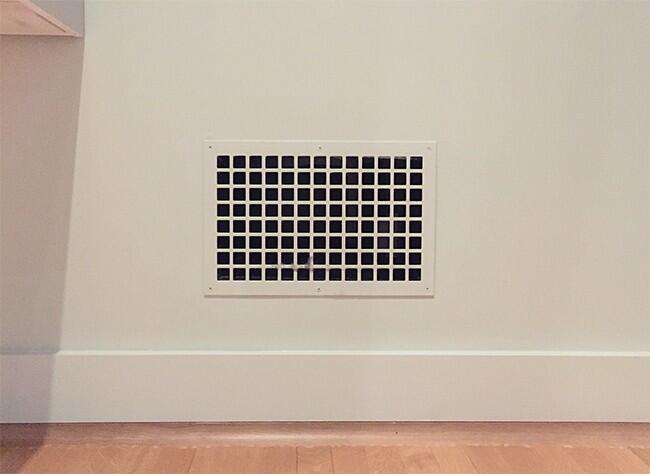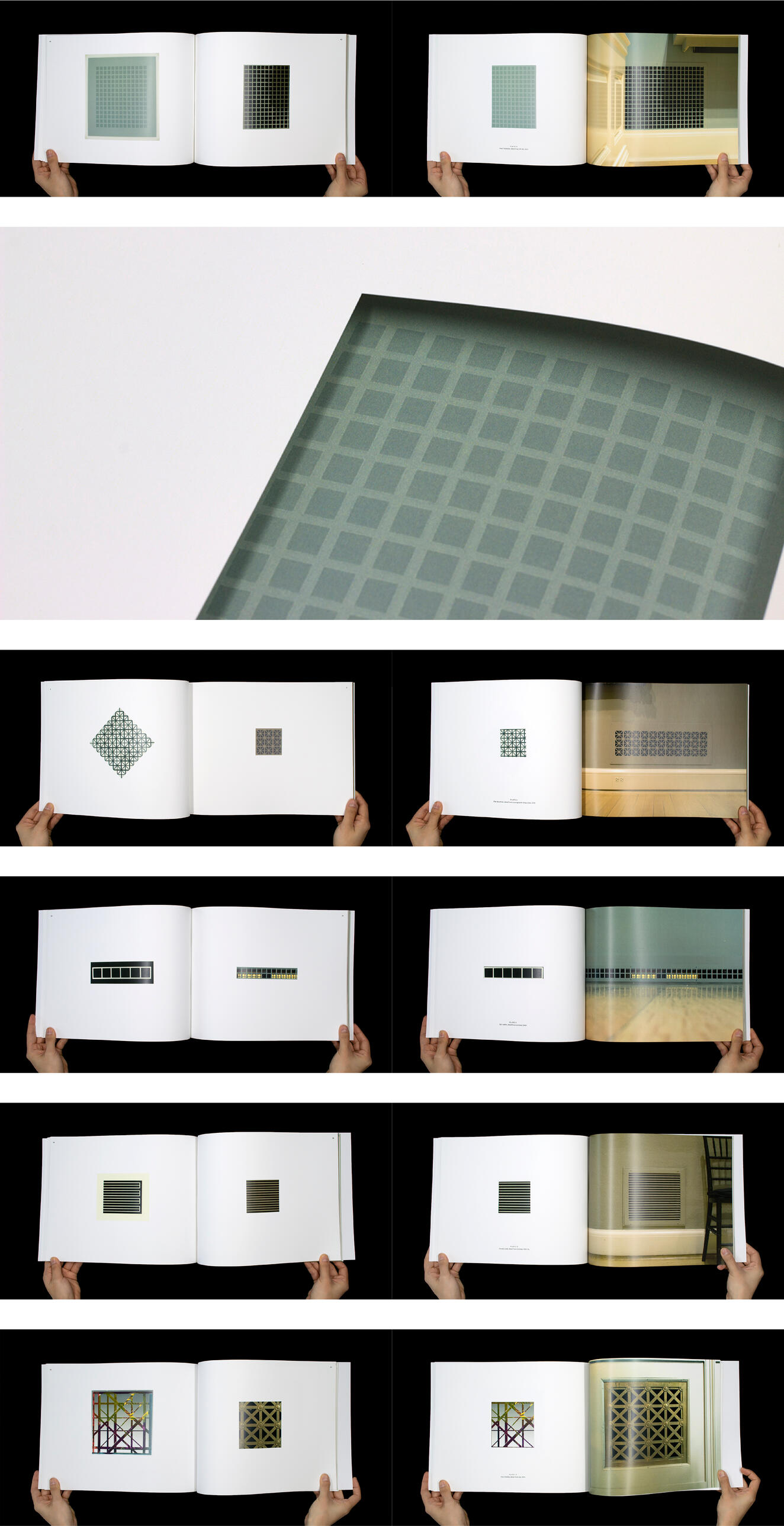“Seeing is forgetting the name of the thing one sees.”
—Paul Valéry
A museum is a setting in which our desire to see is at its most heightened state. But are we actually seeing or merely looking at what has been presented to us as being worthy of our attention? You see, looking is not quite the same as seeing.
The Merriam-Webster Dictionary offers the following definitions:
Look (v.) to direct your eyes in a particular direction
See (v.) to notice or become aware of (someone or something) by using your eyes
These definitions suggest that seeing is a more active mode of visual perception than looking. To see is to understand. It involves more than your eyes casually looking in certain directions or at certain objects; seeing engages your mind, as well as your eyes.
Like many artists and designers, I often turn to museums for inspirations. I believe one of the most distinguishing and beneficial features of creatives is their ability to see, including seeing past the obvious. This, I have found, profoundly affects how one experiences an object, a space, or a person. The shape of a shadow cast by a fire hydrant at a particular angle at a particular time—or the fire hydrant itself—can sometimes move you more than a magnificent sculpture by Rodin just a few feet away.
Looking(Seeing) at first glance invites the reader in with an expectation of “high art.” This artist’s book features the ventilation grilles found on the walls and floors of the RISD Museum and juxtaposes them alongside fine art. The grilles, framed to resemble artworks, are presented as such before they are revealed in their original contexts—next to a chair for the museum guard, by the white baseboard molding just above the floor, and so on.
A nod to Marcel Duchamp, who revolutionized the art world in the early twentieth century when he signed a urinal and called it art, this book represents a subversion of the conventional ways of seeing and aesthetic propositions. By means of careful framing and deliberate juxtaposition, the book brings to the foreground the ventilation grilles, which are almost always overlooked—most people are completely unaware of their presence in the galleries—encouraging a perceptual shift and rejection of the blind embrace of the accepted definitions of art and beauty. If you enjoy the formal relationships of simple lines and geometric shapes that a Sol LeWitt or a Donald Judd might offer, there is no reason you cannot appreciate these ventilation grilles, especially given their often fascinating placements. (In the RISD Museum’s Paula and Leonard Granoff Galleries, ventilation grilles are in close proximity to works by John McCraken and Bridget Riley.) It is only when you relinquish your preconceived ideas and expectations that you open yourself up to surprising encounters. Beauty can be found everywhere, even in the most mundane of objects, if only you can see them.
June Shin
RISD MFA 2017, Graphic Design


